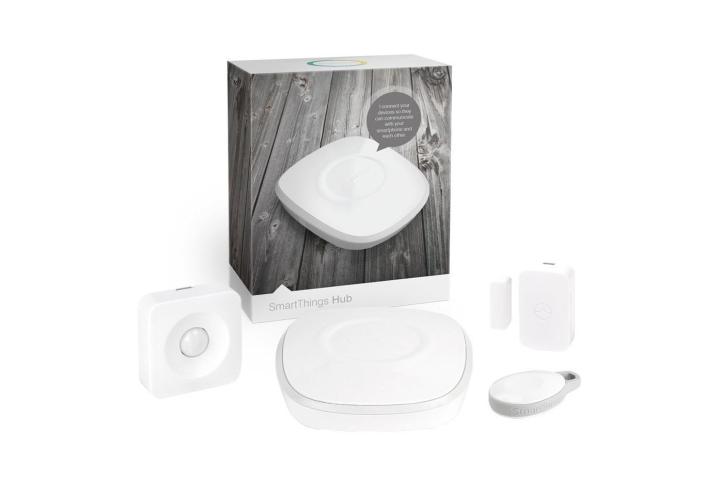
Z-Wave is a wireless home automation protocol that’s been widely licensed, meaning there are lots of smart-home devices that use its “language” to communicate with each other. But it’s not the only game in town, which is why something like SmartThings’s hub is necessary to translate between devices that aren’t operating on the same protocol. In fact, Samsung and Nest unveiled their own protocol, Thread, last summer. Unsurprisingly, the next generation of the SmartThings hub will support Thread, as well as Z-Wave, ZigBee, and Bluetooth Smart. That way, consumers can feel relatively confident that their smart locks, lights, and cameras are all compatible.
Related: What the heck are ZigBee, Z-Wave, and Insteon? Home automation standards explained
“The SmartThings home control platform, which works with Z-Wave, is at the forefront of connected home systems that are bringing this technology to a rapidly growing audience and making homes more intelligent,” said Mary Miller, senior director of corporate marketing for Sigma Designs, another Alliance board member. “With SmartThings now on the Alliance Board, we have another powerful Z-Wave advocate working to ensure that Z-Wave continues to grow and expand its leadership role in the Internet of Things for smart home industry.”
While some think eventually many of these protocols will fall by the wayside and consumers will be left with their smart-home devices speaking one language, it seems Samsung, which is also a voting participant of the ZigBee Alliance, is keeping its options open.


